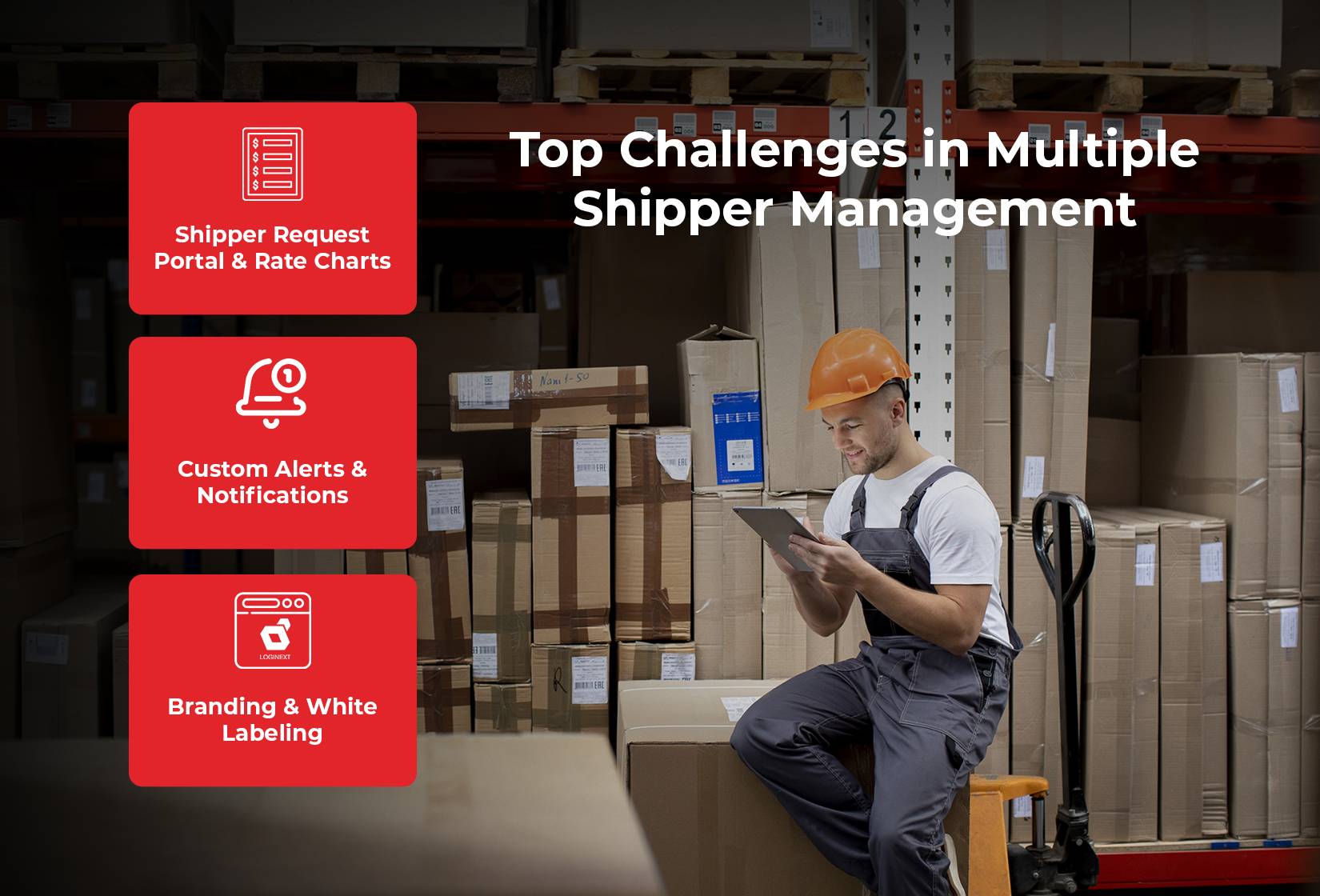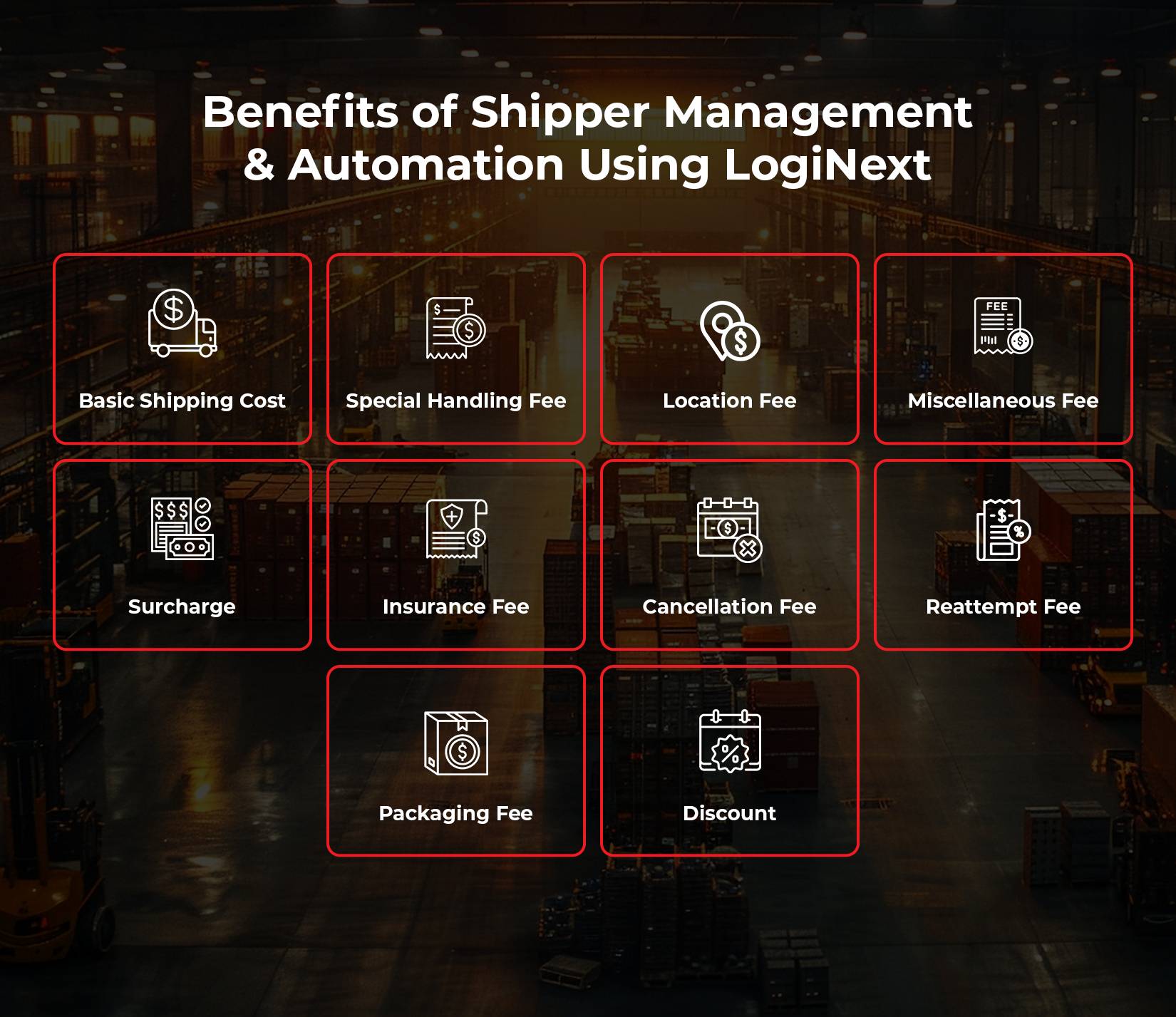
Streamlining Shipment Requests: Simplifying Shipper Management for Enterprise Customers
Imagine you are running a large e-commerce business. Your success depends on how quickly and efficiently you can fulfill orders. One day, a big client places a massive order, but there’s a catch—they want it shipped to multiple locations with different handling needs. The products vary from fragile electronics to heavy machinery, each requiring special attention. How do you handle this without getting a headache? This situation can quickly become a logistical nightmare if not managed properly. Let’s explore to see how shipper management automation systems can turn chaos into order.
Managing Enterprise Customers Raising Shipment Requests
Meet Jacob. He manages logistics for a large online retailer. His job is to ensure that shipments go out smoothly and reach their destinations on time. But when big enterprise customers place shipment requests, things get tricky. These customers have specific needs and often want their shipments handled differently.
One day, Jacob’s company received a request from a major client. They needed a large batch of products shipped to ten different locations, each with unique requirements. He had to figure out how to manage this without making errors or losing time.
Top Challenges in Multiple Shipper Management
Jacob’s company works with several shippers to fulfill orders. Each shipper has its own rules, rates, and fees. Managing multiple shippers can be a nightmare. He often found himself juggling between different shippers, trying to keep track of:

Shipper Request Portal & Rate Charts: Different shippers have unique request portals and rate charts, making it hard to manage them all in one place.
Branding & White Labeling: Jacob’s company needed to maintain its brand identity while working with multiple shippers who had their own branding guidelines.
Custom Alerts & Notifications: Each shipper had different systems for sending alerts and notifications, leading to confusion and missed updates.
This process was not only time-consuming but also prone to errors. One wrong fee or missed notification could lead to significant losses or unhappy customers.
Check Out: Details about Enterprise Shipping Solution by LogiNext
The Solution: Benefits of Shipper Management & Automation Using LogiNext
To solve these problems, Jacob’s company decided to implement LogiNext’s Shipper management and automation system. Here’s how it helped:

Basic Shipping Cost:
The system automatically calculated the shipping cost for each package based on weight, size, and distance. Jacob no longer had to manually input these details, saving him a lot of time.
Example: Jacob’s team had to ship a batch of electronics to a client during the holiday season. Thanks to the shipper management automation system, they managed peak season surcharges and special handling fees without a hitch. The system also applied insurance fees for high-value items, ensuring everything was covered.
Special Handling Fee:
Some products required special handling. For example, fragile items needed extra care. The system added the special handling fee automatically when Jacob selected the fragile option.
Example: A client requested a shipment of delicate glassware. The shipper management system automatically applied special handling fees and ensured the products were packed with extra care, preventing breakage and client complaints.
Location Fee:
Delivering to remote areas often involved additional location fees. The system automatically applied these fees based on the delivery address, ensuring accuracy.
Example: A client requested multiple shipments to remote locations. The shipper automation system automatically added location fees and reattempt fees for difficult deliveries. Jacob’s team saved hours of manual calculations and avoided errors.
Miscellaneous Fee:
Sometimes, unexpected costs popped up. The shipping automation system allowed Jacob to add any miscellaneous fees quickly, keeping everything transparent and organized.
Example: During a promotion, the company offered discounts on bulk orders. Jacob easily applied these discounts through the shipper management system, attracting more enterprise customers and increasing sales.
Surcharge:
During peak seasons, shippers often charged surcharges. The automation system kept track of these seasonal changes and adjusted the rates accordingly.
Example: Jacob’s team had to ship a batch of electronics to a client during the holiday season. Thanks to the automation system, they managed peak season surcharges without a hitch.
Insurance Fee:
High-value items require insurance. The shipping automation system prompted Jacob to add insurance fees for such shipments, ensuring they were covered in case of any damage.
Example: When shipping high-value electronics, the system prompted Jacob to add insurance fees, providing peace of mind for both Jacob and the client.
Cancellation Fee:
Sometimes, customers cancel their orders after they are processed. The shipping automation system applied cancellation fees automatically, reducing financial losses.
Example: A client canceled an order at the last minute. The shipper management system automatically applied the cancellation fee, ensuring Jacob’s company didn’t incur a loss.
Reattempt Fee:
If a delivery attempt failed, shippers charged reattempt fees. The automation system tracked these and added the fees to the customer’s invoice.
Example: Delivering to remote locations sometimes resulted in failed delivery attempts. The system tracked these instances and added reattempt fees to the customer’s invoice, maintaining transparency and covering extra costs.
Packaging Fee:
Some products needed special packaging. The shipping automation system allowed Jacob to select packaging options and automatically calculate the additional costs.
Example: When shipping fragile items like glassware, the system added packaging fees for special materials, ensuring safe delivery and client satisfaction.
Discount:
For loyal customers or bulk orders, Jacob could easily apply discounts. The shipper management system managed these discounts, ensuring they were correctly applied.
Example: During a promotion, the company offered discounts on bulk orders. Jacob easily applied these discounts through the system, attracting more enterprise customers and increasing sales.
Get Insights: How to use AI in Transportation Automation?
Improving Shipper Management with Advanced Automation Tools
Managing shipment requests from enterprise customers can be challenging, especially when dealing with multiple shippers and various fees. Shipper management automation systems simplify the process, ensuring accuracy and saving time. Just like Jacob, you can streamline your logistics, keep your clients happy, and grow your business by embracing shipper management and automation.
By implementing an automation system, you centralize all shipper requests and rate charts into one platform, maintain brand identity, and standardize alerts and notifications. This leads to fewer errors, more satisfied customers, and ultimately, a more efficient and profitable business. Embrace shipper management automation with LogiNext and watch your logistics operations transform from chaotic to seamless. Click on the red button below to book a quick demo.
50







@LogiNext